1. Lee EJ, Song MJ, Kwon HS, Ji GE, Sung MK. Oral administration of fermented red ginseng suppressed ovalbumin-induced allergic responses in female BALB/c mice. Phytomedicine. 2012; 19(10):896–903. PMID:
22608480.

2. Lu JM, Yao Q, Chen C. Ginseng compounds: an update on their molecular mechanisms and medical applications. Curr Vasc Pharmacol. 2009; 7(3):293–302. PMID:
19601854.

3. Hong SY, Oh JH, Lee I. Simultaneous enrichment of deglycosylated ginsenosides and monacolin K in red ginseng by fermentation with Monascus pilosus. Biosci Biotechnol Biochem. 2011; 75(8):1490–1495. PMID:
21821946.
4. Shibata S. Chemistry and cancer preventing activities of ginseng saponins and some related triterpenoid compounds. J Korean Med Sci. 2001; 16:S28–S37. PMID:
11748374.

5. Park KH, Kim YS, Jeong JH. Inhibitory effects of ginseng extracts on histamine-release from rat's mast cell. Korean J Plant Res. 2011; 24(1):98–104.

6. Reeds DN, Patterson BW, Okunade A, Holloszy JO, Polonsky KS, Klein S. Ginseng and ginsenoside Re do not improve β-cell function or insulin sensitivity in overweight and obese subjects with impaired glucose tolerance or diabetes. Diabetes Care. 2011; 34(5):1071–1076. PMID:
21411505.

7. Attele AS, Zhou YP, Xie JT, Wu JA, Zhang L, Dey L, Pugh W, Rue PA, Polonsky KS, Yuan CS. Antidiabetic effects of
Panax ginseng berry extract and the identification of an effective component. Diabetes. 2002; 51(6):1851–1858. PMID:
12031973.
8. Chen F, Eckman EA, Eckman CB. Reductions in levels of the Alzheimer\'s amyloid beta peptide after oral administration of ginsenosides. FASEB J. 2006; 20(8):1269–1271. PMID:
16636099.
9. Shieh PC, Tsao CW, Li JS, Wu HT, Wen YJ, Kou DH, Cheng JT. Role of pituitary adenylate cyclase-activating polypeptide (PACAP) in the action of ginsenoside Rh2 against beta-amyloid-induced inhibition of rat brain astrocytes. Neurosci Lett. 2008; 434(1):1–5. PMID:
18313848.

10. Tanaka O, Kasai R. Saponins of ginseng and related plants. Fortschr Chem Org Naturst. 1984; 46:1–76. PMID:
6396179.

11. Glenny AM, O'Meara S, Melville A, Sheldon TA, Wilson C. The treatment and prevention of obesity: a systematic review of the literature. Int J Obes Relat Metab Disord. 1997; 21(9):715–737. PMID:
9376884.
12. Keck PE, McElroy SL. Bipolar disorder, obesity, and pharmacotherapy-associated weight gain. J Clin Psychiatry. 2003; 64(12):1426–1435. PMID:
14728103.

13. Atshaves BP, Martin GG, Hostetler HA, McIntosh AL, Kier AB, Schroeder F. Liver fatty acid-binding protein and obesity. J Nutr Biochem. 2010; 21(11):1015–1032. PMID:
20537520.

14. Farrell GC, Larter CZ. Nonalcoholic fatty liver disease: from steatosis to cirrhosis. Hepatology. 2006; 43:S99–S112. PMID:
16447287.

15. Park EJ, Lee JH, Yu GY, He G, Ali SR, Holzer RG, Osterreicher CH, Takahashi H, Karin M. Dietary and genetic obesity promote liver inflammation and tumorigenesis by enhancing IL-6 and TNF expression. Cell. 2010; 140(2):197–208. PMID:
20141834.

16. Warren RE. The stepwise approach to the management of type 2 diabetes. Diabetes Res Clin Pract. 2004; 65(Suppl 1):S3–S8. PMID:
15315864.

17. Fletcher B, Berra K, Ades P, Braun LT, Burke LE, Durstine JL, Fair JM, Fletcher GF, Goff D, Hayman LL, Hiatt WR, Miller NH, Krauss R, Kris-Etherton P, Stone N, Wilterdink J, Winston M. Council on Cardiovascular Nursing. Council on Arteriosclerosis, Thrombosis, and Vascular Biology. Council on Basic Cardiovascular Sciences. Council on Cardiovascular Disease in the Young. Council on Clinical Cardiology. Council on Epidemiology and Prevention. Council on Nutrition, Physical Activity, and Metabolism. Council on Stroke. Preventive Cardiovascular Nurses Association. Managing abnormal blood lipids: a collaborative approach. Circulation. 2005; 112(20):3184–3209. PMID:
16286609.
18. Ryu JS, Lee HJ, Bae SH, Kim SY, Park Y, Suh HJ, Jeong YH. The bioavailability of red ginseng extract fermented by Phellinus linteus. J Ginseng Res. 2013; 37(1):108–116. PMID:
23717164.

19. Sunwoo HH, Kim CT, Kim DY, Maeng JS, Cho CW, Lee SJ. Extraction of ginsenosides from fresh ginseng roots (
Panax ginseng C.A. Meyer) using commercial enzymes and high hydrostatic pressure. Biotechnol Lett. 2013; 35(7):1017–1022. PMID:
23515895.
20. Quan LH, Min JW, Jin Y, Wang C, Kim YJ, Yang DC. Enzymatic biotransformation of ginsenoside Rb1 to compound K by recombinant β-glucosidase from Microbacterium esteraromaticum. J Agric Food Chem. 2012; 60(14):3776–3781. PMID:
22428991.

21. Kim SN, Lee JH, Shin H, Son SH, Kim YS. Effects of in vitro-digested ginsenosides on lipid accumulation in 3T3-L1 adipocytes. Planta Med. 2009; 75(6):596–601. PMID:
19204893.
22. Kim CM, Yi SJ, Cho IJ, Ku SK. Red-koji fermented red ginseng ameliorates high fat diet-induced metabolic disorders in mice. Nutrients. 2013; 5(11):4316–4332. PMID:
24177708.
23. Lee KJ, Lee SY, Ji GE. Diabetes-ameliorating effects of fermented red ginseng and causal effects on hormonal interactions: testing the hypothesis by multiple group path analysis. J Med Food. 2013; 16(5):383–395. PMID:
23675990.

24. Oh JS, Lee SR, Hwang KT, Ji GE. The anti-obesity effects of the dietary combination of fermented red ginseng with levan in high fat diet mouse model. Phytother Res. 2014; 28(4):617–622. PMID:
23873605.

25. Yuan HD, Quan HY, Jung MS, Kim SJ, Huang B, Kim do Y, Chung SH. Anti-Diabetic Effect of Pectinase-Processed Ginseng Radix (GINST) in High Fat Diet-Fed ICR Mice. J Ginseng Res. 2011; 35(3):308–314. PMID:
23717074.

26. Fu Y, Yin Z, Wu L, Yin C. Fermentation of ginseng extracts by Penicillium simplicissimum GS33 and anti-ovarian cancer activity of fermented products. World J Microbiol Biotechnol. 2014; 30(3):1019–1025. PMID:
24122127.

27. Jang SI, Lee YW, Cho CK, Yoo HS, Jang JH. Identification of Target Genes Involved in the Antiproliferative Effect of Enzyme-Modified Ginseng Extract in HepG2 Hepatocarcinoma Cell. Evid Based Complement Alternat Med. 2013; 2013:502568. PMID:
24174975.

28. Seo JY, Lee JH, Kim NW, Kim YJ, Chang SH, Ko NY, Her E, Yoo YH, Kim JW, Lee BY, Lee HY, Kim YM, Choi WS. Inhibitory effects of a fermented ginseng extract, BST204, on the expression of inducible nitric oxide synthase and nitric oxide production in lipopolysaccharide-activated murine macrophages. J Pharm Pharmacol. 2005; 57(7):911–918. PMID:
15969952.

29. Lee HS, Kim MR, Park Y, Park HJ, Chang UJ, Kim SY, Suh HJ. Fermenting red ginseng enhances its safety and efficacy as a novel skin care anti-aging ingredient: in vitro and animal study. J Med Food. 2012; 15(11):1015–1023. PMID:
23126662.

30. Hwang E, Sun ZW, Lee TH, Shin HS, Park SY, Lee DG, Cho BG, Sohn H, Kwon OW, Kim SY, Yi TH. Enzyme-processed Korean Red Ginseng extracts protects against skin damage induced by UVB irradiation in hairless mice. J Ginseng Res. 2013; 37(4):425–434. PMID:
24233239.

31. Rimar S, Lee-Mengel M, Gillis CN. Pulmonary protective and vasodilator effects of a standardized
Panax ginseng preparation following artificial gastric digestion. Pulm Pharmacol. 1996; 9(4):205–209. PMID:
9160407.
32. Bae EA, Hyun YJ, Choo MK, Oh JK, Ryu JH, Kim DH. Protective effect of fermented red ginseng on a transient focal ischemic rats. Arch Pharm Res. 2004; 27(11):1136–1140. PMID:
15595417.

33. Lee KJ, Ji GE. The effect of fermented red ginseng on depression is mediated by lipids. Nutr Neurosci. 2014; 17(1):7–15. PMID:
24088416.

34. Kim J, Kim SH, Lee DS, Lee DJ, Kim SH, Chung S, Yang HO. Effects of fermented ginseng on memory impairment and β-amyloid reduction in Alzheimer's disease experimental models. J Ginseng Res. 2013; 37(1):100–107. PMID:
23717163.

35. Jin H, Seo JH, Uhm YK, Jung CY, Lee SK, Yim SV. Pharmacokinetic comparison of ginsenoside metabolite IH-901 from fermented and non-fermented ginseng in healthy Korean volunteers. J Ethnopharmacol. 2012; 139(2):664–667. PMID:
22178175.

36. Yu LJ, Rupasinghe HP. Improvement of cloud stability, yield and β-carotene content of carrot juice by process modification. Food Sci Technol Int. 2013; 19(5):399–406. PMID:
23729426.

37. Abbès F, Besbes S, Brahim B, Kchaou W, Attia H, Blecker C. Effect of concentration temperature on some bioactive compounds and antioxidant proprieties of date syrup. Food Sci Technol Int. 2013; 19(4):323–333. PMID:
23729415.

38. Kang YR, Lee HY, Kim JH, Moon DI, Seo MY, Park SH, Choi KH, Kim CR, Kim SH, Oh JH, Cho SW, Kim SY, Kim MG, Chae SW, Kim O, Oh HG. Anti-obesity and anti-diabetic effects of Yerba Mate (Ilex paraguariensis) in C57BL/6J mice fed a high-fat diet. Lab Anim Res. 2012; 28(1):23–29. PMID:
22474471.

39. Matsuzawa Y, Funalhashi T, Nakamura T. Molecular mechanism of metabolic syndrome X: contribution of adipocytokines adipocyte-derived bioactive substance. Ann J Clin Nutr. 1999; 52:426–430.
40. Nieman DC, Henson DA, Nehlsen-Cannarella SL, Ekkens M, Utter AC, Butterworth DE, Fagoaga OR. Influence of obesity on immune function. J Am Diet Assoc. 1999; 99(3):294–299. PMID:
10076580.

41. Ryu JS, Lee HJ, Bae SH, Kim SY, Park Y, Suh HJ, Jeong YH. The bioavailability of red ginseng extract fermented by
Phellinus linteus. J Ginseng Res. 2013; 37(1):108–116. PMID:
23717164.
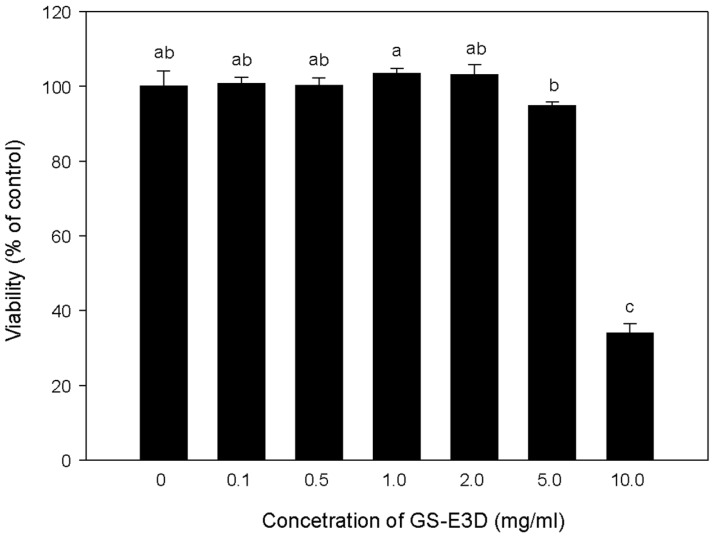
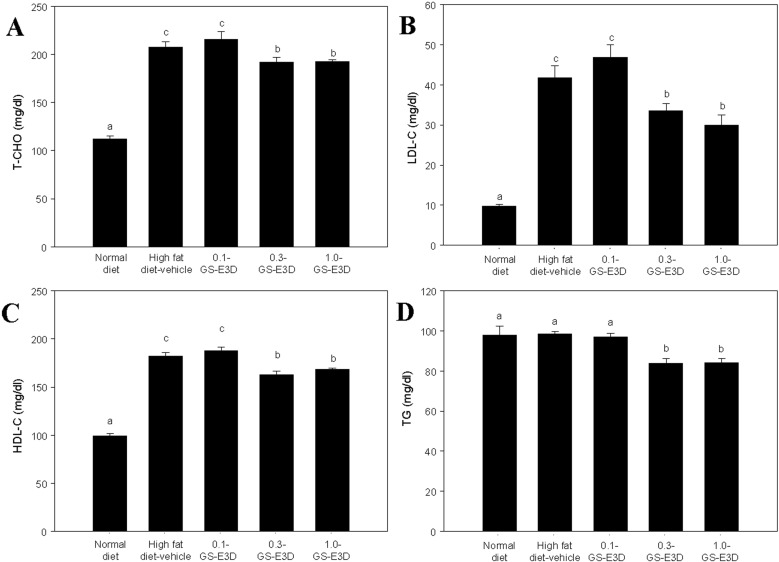
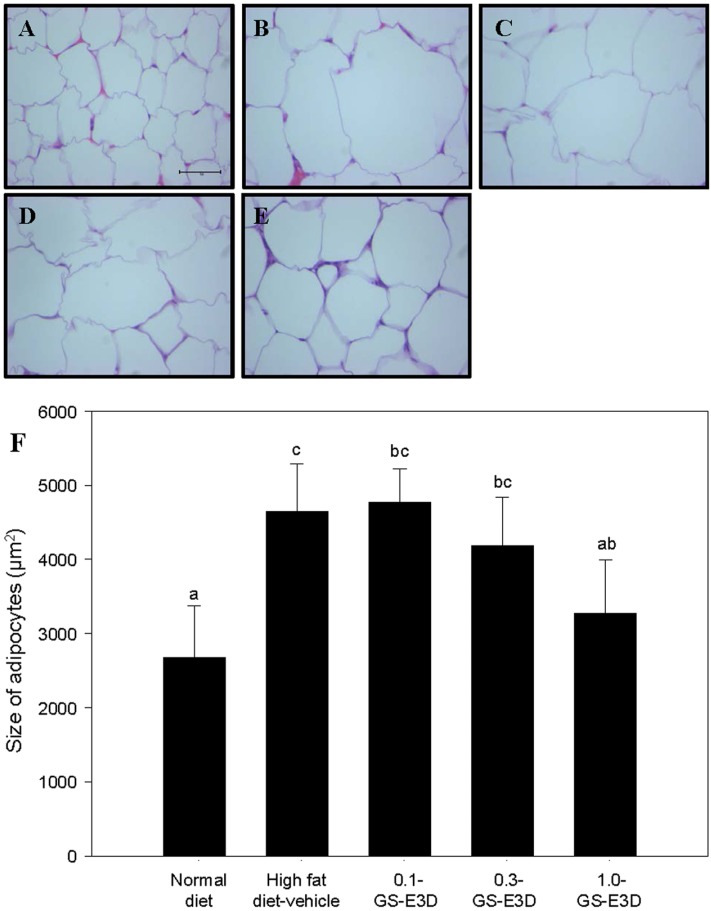
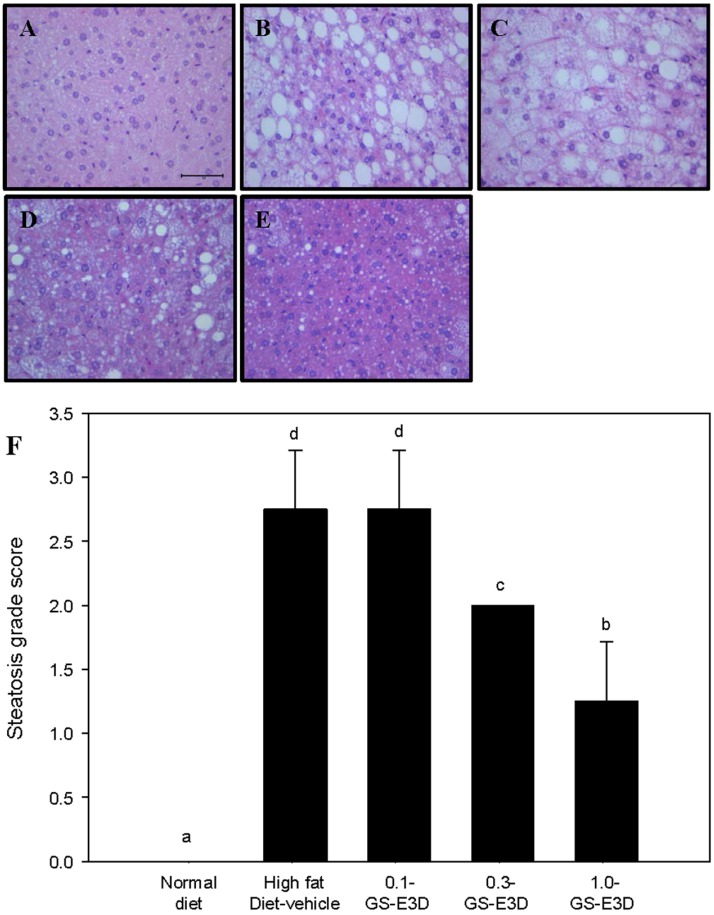




 PDF
PDF ePub
ePub Citation
Citation Print
Print


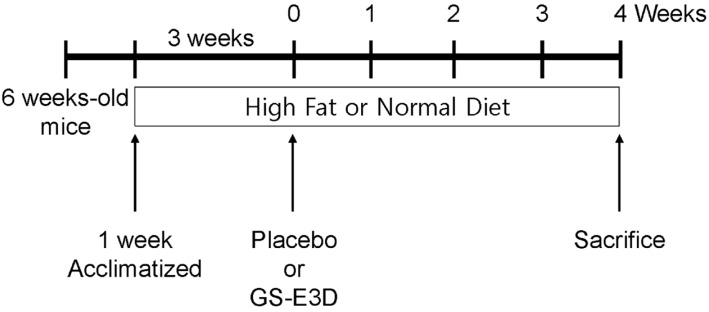
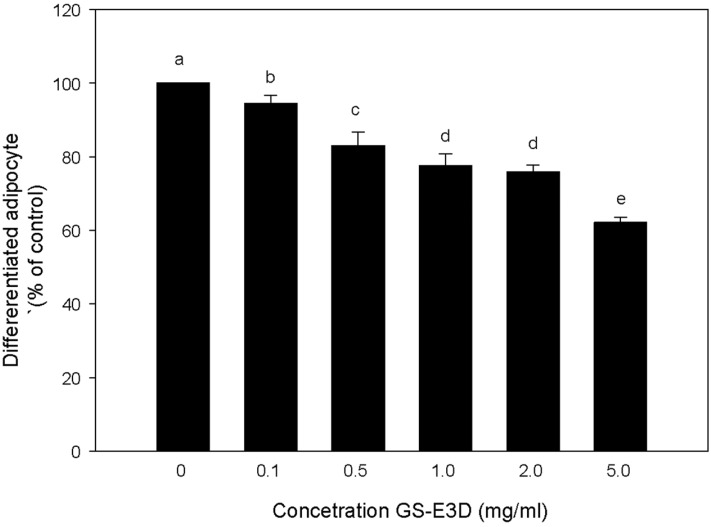
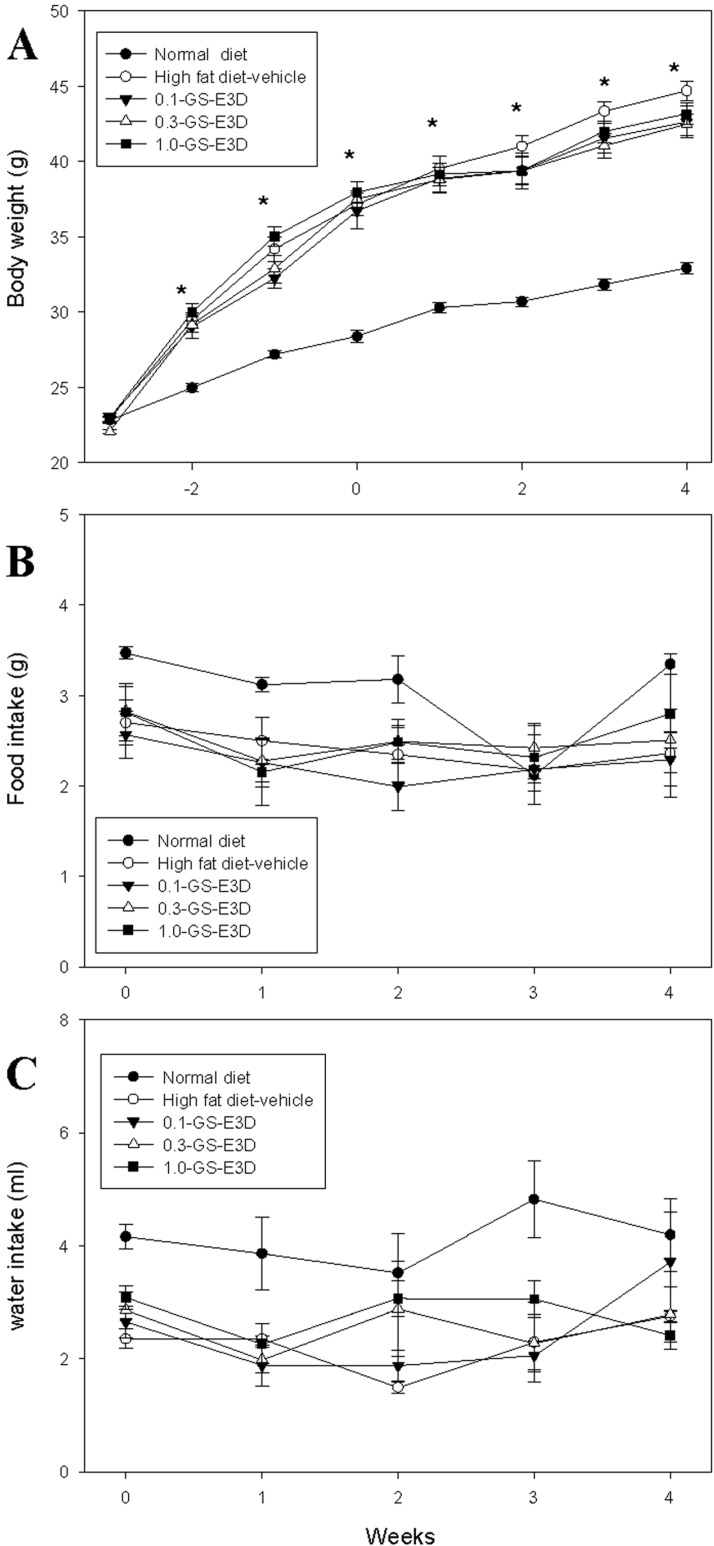
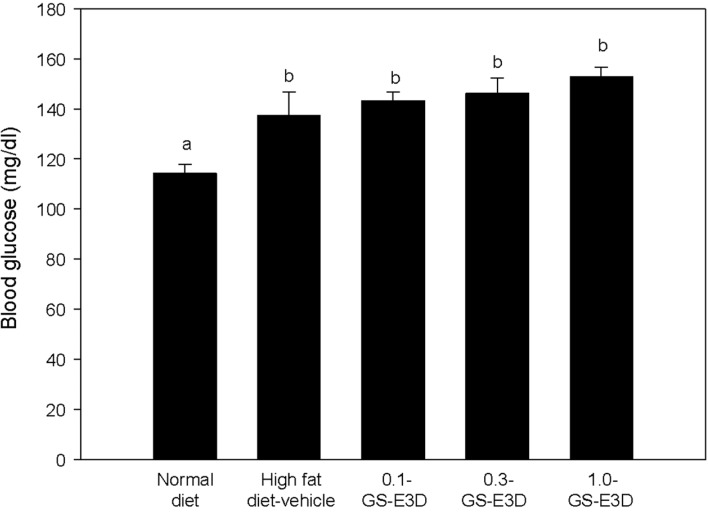
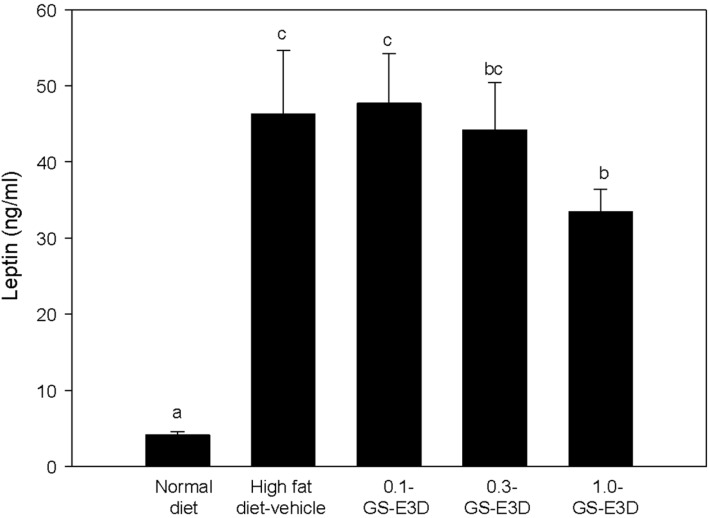
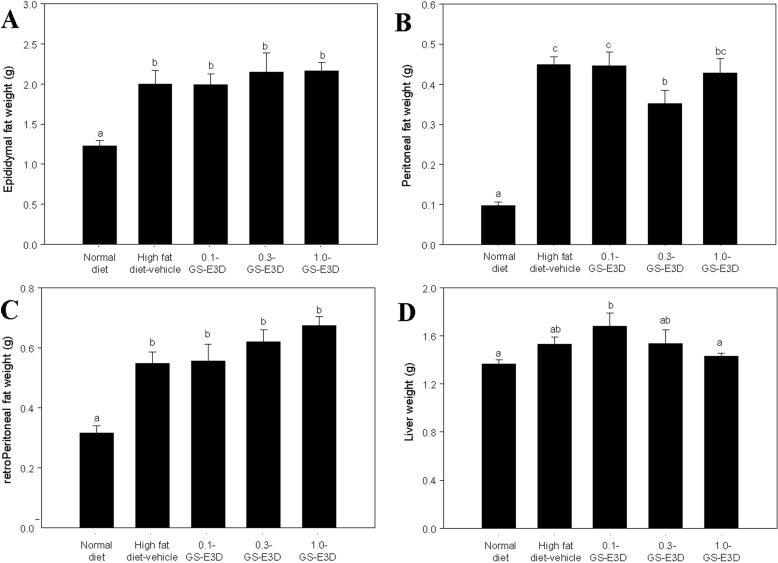
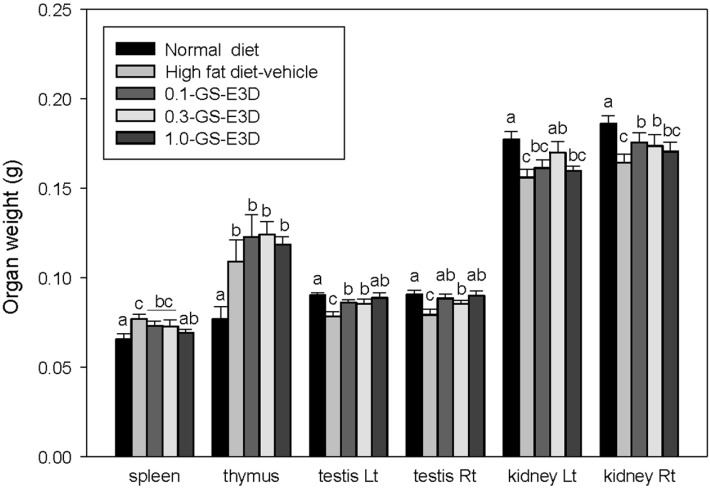
 XML Download
XML Download